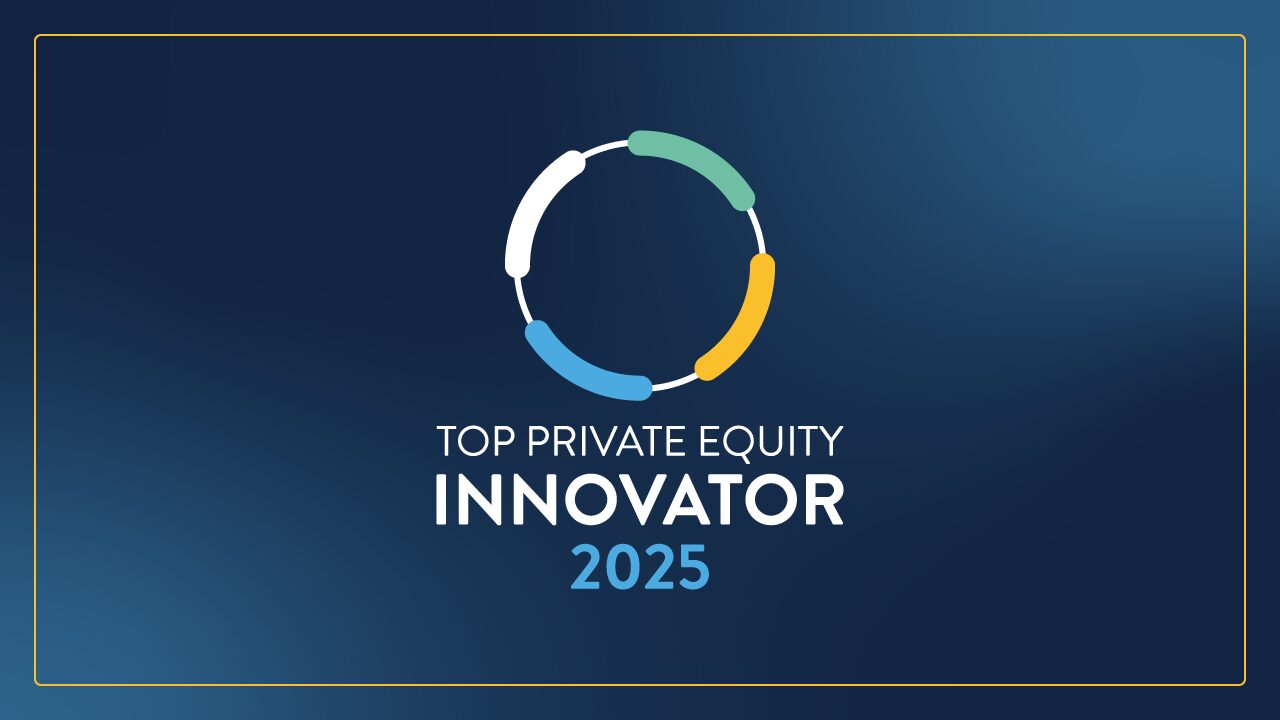Business intelligence and analytics is a key facet of modern-day business building.
“BI gives you the ability to dig deeper in to all the operations of your business to track KPIs and other metrics, which can then help you steer your business,” says Houston Slatton, BluWave’s head of technology.
Leaders at private equity firms, portfolio companies and private and public companies use data to answer questions about their business. This could give them a better understanding of their customer base or product, for example.

What is Business Intelligence and Analytics?
“It’s using very large amounts of, and sometimes real-time data to paint a whole picture of your customers, your business and your products or services,” the founding partner at one of our expert service providers says. “The difference between business intelligence and analytics and maybe traditional financial analysis is the scale at which it happens.”
In the past, business leaders would get information from an old database and manual analyze it in a spreadsheet program. That very spreadsheet fundamentally limits the analysis, according to the data firm’s founding partner, Mike Datus.
“Once you enter the realm of business intelligence or analytics, or data science is sometimes used synonymously, you’re talking about a bigger, more comprehensive, more real-time picture,” Datus says.
READ MORE: Business Intelligence Infrastructure: What is it?
Different Aspects of BI&A Process
One key way to maximize portfolio company performance is with private equity analytics. The right data helps a firm make better investment decisions while maximizing portfolio company performance.
The right information also helps with risk management, and eventually, increasing a portfolio company’s exit value.
Of course, non-PE firms can reap the same benefits to build their business. Slatton says this process starts with putting your data in a data warehouse and formatting it in a way that’s “analytics ready.”
READ MORE: Data Consolidation: Benefits, Challenges, Process
“The next chunk is building or doing analysis on top of that data,” he adds. “Probably a lot of defining KPIs or metrics. All businesses are generally going to agree on revenue, but most of the operational metrics, there’s probably a little wiggle room around. But you can’t build a visualization with wiggle room.”
Precision, then, is key to actionable analytics. Once you have reliable, accurate data in place, it’s time to put it to work.
“You’re going to build some visualizations on top of that analysis so you can build some metrics over time and build some historical results and predict future results as well,” Slatton says.
How PE Firms, Businesses Use BI&A
By monitoring key performance indicators and market trends, organizations can identify weaknesses. The right data can help develop strategies to address these issues and strengthen a firm’s portco or a company’s operations.
“Most companies don’t have great insight into the actual operations of their business at the granular level that you can have now,” Slatton says. “It’s an investment to put in a full data stack and to build the visualization capabilities. But you can really unearth a lot of highly impactful insights about your business once you have access to the granular data sets.”
READ MORE: Data Warehouse Types: How To Choose the Right One
One of the key considerations in BI & analytics is the selection of data sources. As Slatton mentioned earlier, accuracy is imperative, along with up-to-date information that’s aligned with the firm’s overall strategy.
“One of the most important parts of BI is figuring out what the actual KPIs are that are going to be the real levers of the business and making sure to track those,” Slatton says.
Once the firm knows what it wants to monitor, it must decide how to securely collect and store that information.
Integrating new private equity analytics programs and tools must be done with existing systems in mind. These might include portfolio management software, investor reporting platforms, website analytics, payroll management and more.
Lastly, and most practically, the data must be accessible for the relevant parties. That means reports that are easy to analyze and share. That way, everyone from partners to C-suite executives to the most junior employee in the organization understands what’s driving the decisions that affect them.
READ MORE: Business Intelligence Automation: What is it?
Whether you’re the CTO at an independent company, an interim CFO at a portco, or any other business building role, we have expertly vetted analytics and insights resources on standby.
The BluWave-grade network of service providers have helped hundreds of companies like yours choose, implement and distribute data platforms that have a positive impact on their organization’s value.
“You want a group that can define the right, limited set of KPIs,” Slatton says. “The C-suite or leadership team should bring that to the table, but you want a group you’re going to be able to work with to define and refine the KPIs that you use to drive the business.”
Contact us to set up an initial scoping call, and we’ll connect you with two or three best-fit resources for your exact situation within a single business day.
*Privacy is important to us. While the source and company name have been changed, these are real quotations from a real service provider in the BluWave Business Builders’ Network.


